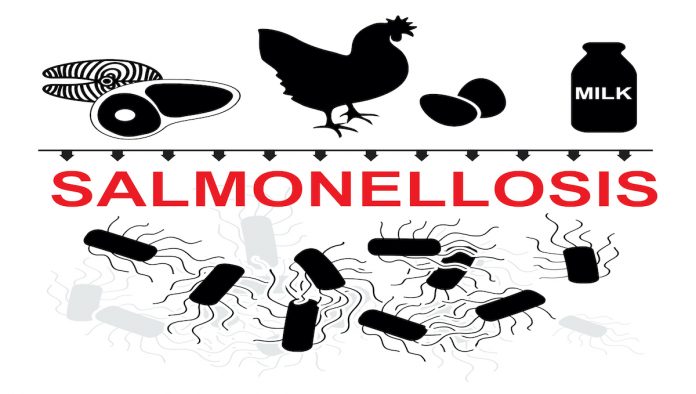Officials in New Zealand are investigating a salmonella outbreak that has infected 35 people so far this year.
Salmonella Enteritidis sequence type 11 (ST 11) was first detected in 2019 in an outbreak attributed to a restaurant in the Auckland area. As of May 2019, the number of patients associated with this strain has been 101, and as of 2019, it has been found in four other outbreaks.
The majority of people who get sick from January to April live in the Auckland area, according to the Institute of Environmental Science and Research (ESR).
New Zealand Food Safety has detected Salmonella Enteritidis on a poultry farm in Auckland and there has been an increase in infections from this strain of Salmonella despite efforts to prevent contaminated eggs from reaching consumers.
The Ministry of Primary Industry (MPI) has yet to clarify for Food safety news the type of sequence observed in the poultry farm.
Infections related to salmonella findings
Paul Dansted, director of food regulation at New Zealand Food Safety, said the cause of the infections was being investigated.
“There has been an increase in the number of people caused by the same strain of salmonella found in our investigation that we are following with the Ministry of Health,” he said.
“However, to reduce the chances of getting sick from food, we want to remind people to follow the 3Cs of food safety at home. In other words, clean the surfaces of the food preparation, cook raw chicken to an internal temperature of 75 ° C (167 ° F), and refrigerate cooked chicken.
“In context, the Salmonella Enteritidis bacterium is present in the poultry industry in many countries and is managed through a variety of government controls. However, there are occasional outbreaks of food poisoning, which can be serious. We are continuing to monitor the situation with the Ministry of Health and are working closely with the poultry sector to ensure that any risk is identified and addressed. “
Palliative measures
A New Zealand food safety audit and follow-up tests revealed salmonella at a supplier of hatching eggs and day-old chicks in Auckland for the industry.
Dansted said the facility has taken steps to prevent further infection, including disinfecting affected pens, culling potentially affected chickens, and stepping up testing.
“These measures, as well as our traceability work and more extensive industry tests, have prevented contaminated eggs from reaching consumers. Our testing and traceability work over the past few months has focused on making sure the risk remains low and helping the industry eradicate the bacterium from commercial flocks, ”he said.
Actions include tracing the product back from the facility up to 64 farms, all of which have been tested. Two tested positive and had to keep the product before it went on sale. The results from 60 farms were negative.
Four facilities that previously tested positive for Salmonella were disinfected and affected herds were discarded. The industry has stepped up testing for Salmonella beyond normal requirements across the supply chain.
Meanwhile, an increase in Salmonella Enteritidis ST183 was seen in 28 people in February. The sequencing results showed that they were genetically clustered, which means that the infection likely came from the same source.
Patients were mainly in the South Island, 18 in Canterbury, four in Nelson Marlborough, three in Capital and Coast, two in South Canterbury, and one in Southern. Seven people were hospitalized but no epidemiological link was found with a common source.
Finally, in April, an outbreak of Clostridium perfringens was reported by the Southern District Health Board involving 27 inmates from the Otago Corrections Facility. Information about what they ate during the incubation period was available for 12 patients and all of them consumed corned beef.
(To sign up for a free subscription to Food Safety News, Click here.)

